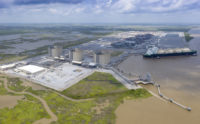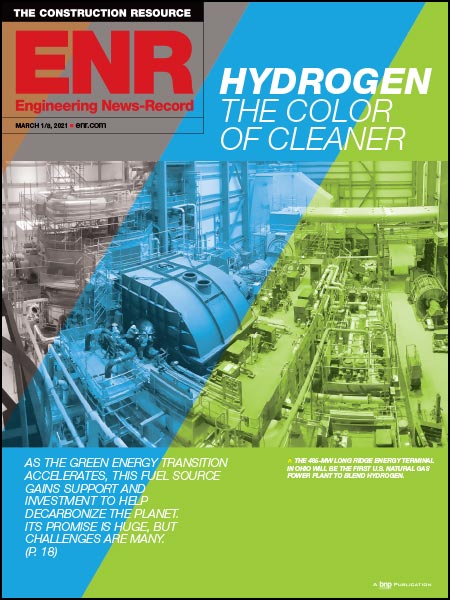Financing was difficult to come by between the recession and current electricity prices, which are tracking natural gas prices, according to Pentak.
“Credit contracted during the recession and Wall St. was reluctant to finance a power plant that did not have long-term power purchase agreements. In addition, European banks, which traditionally have played a strong role in project financing, have largely retreated from the U.S. market given financial stress in the European banking market,” Pentak says.
So the Temple project represents the first time in six years that institutional investors have financed a capital-intensive construction project in the United States with a term loan, according to Panda Power. Morgan Stanley and Ares Capital arranged the senior debt financing for the Temple plant, the company reported.
“Our goals for the next six months are to complete the construction of the underground commodities, including pipe, electrical ductbank and equipment foundations, and prepare for the installation of the power island equipment,” Whorten says.
Earlier today, September 18, Panda Power further announced that it has secured financing for the 758-MW natural gas-fueled, combined-cycle Sherman plant, construction of which is set to begin immediately and finish by year-end 2014 on a 204-acre site.
“The Sherman plant will be identical in size and configuration to the Panda Temple project,” Pentak says.
Both Bechtel and Siemens will reprise their roles for the Sherman plant as well.
The completed Sherman plant is estimated to contribute around $1.7 billion to the area's economy during construction and the facility's first 10 years of operation, Panda Power noted. This includes 700-800 jobs created at peak construction, around 27 skilled jobs to operate the facility and 45 indirect jobs within the community to support the plant.




